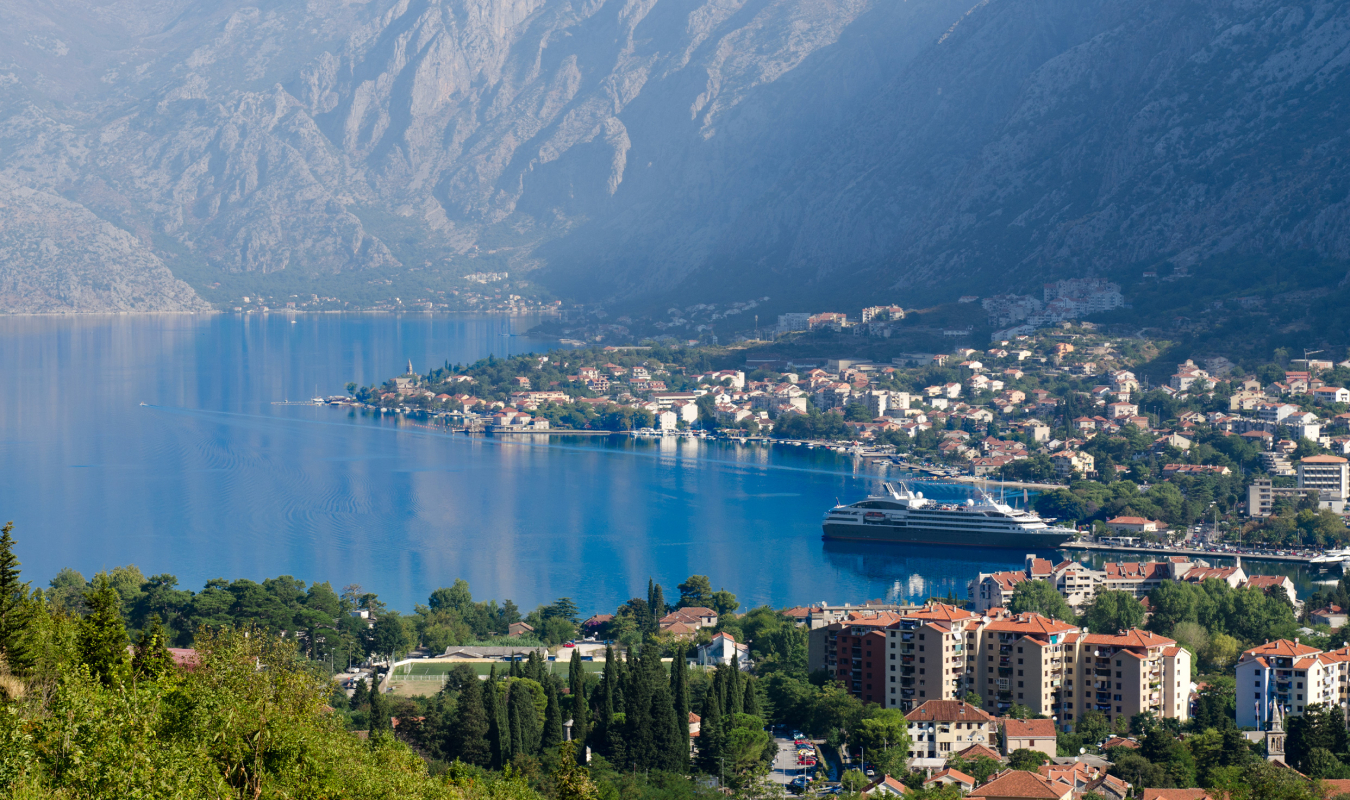Strong city walls frame the historic city center, stretching along the edge of the hill of St. Ivan to its top, as the most prominent strategic point. The ramparts grew successively, in parallel with the expansion of the city. It is not known for sure when their construction began. The oldest parts are those along the northern gate to the river Škurda, and in the southwestern part by the sea. Their vertical structure was later, when firearms began to be used, reinforced with oblique buttresses on the outside. From the 15th century, Kotor became a border town, and due to the constant danger of Turkish attacks, the ramparts were widened and strengthened, the northern gate was built (1540), the western gate was reconstructed (1555) and the southern gate was strengthened several times. bastion Gurdić. Along the sea and along the river Škurda, several bastions are being built with the dominant Citadel. The ramparts were worked on until the 19th century, especially on their upper part. Within them, on the slope of the hill, there is the church of Our Lady of Health, also called Our Lady of Rest, which was used for the ceremony of the military crew of the upper fortress. The oldest archaeologically recorded building within the city is an early Christian basilica from the 6th century, found under the present-day church of Maria Koledjata. It was, in all probability, a cathedral church, which indicates the assumption that Kotor was already an important settlement and episcopal city at that time. At the beginning of the 9th century, the city got its patron saint - St. Trifun (in the local version - Tripun), to which the memorial church is dedicated in 809. More intensive urban construction can only be traced back to the 12th century. Then a new large cathedral was built (1166), and then numerous Romanesque churches - St. Luke (1195), Mary College (1221), St. Anne (early 13th century), St. Paul (1263) and some other unsaved churches. Of the Gothic buildings, the Drago Palace and the remains of the renovated Buća and Byzantine palaces stand out, as well as numerous remains of architectural sculpture - portals, trifores, bifores and other relief decorations. In addition to local builders, stonemasons and sculptors, among whom a special place belongs to the Kotor Franciscan Vit, the builder of the Decani monastery, in Kotor there are masters from other coastal towns and even a few foreigners. Due to its authenticity and general cultural and historical values, as a centuries-old link between the Mediterranean and the Balkan hinterland, Kotor is on the UNESCO list as part of the world's natural and cultural heritage.

 Go back to blog
Go back to blog
